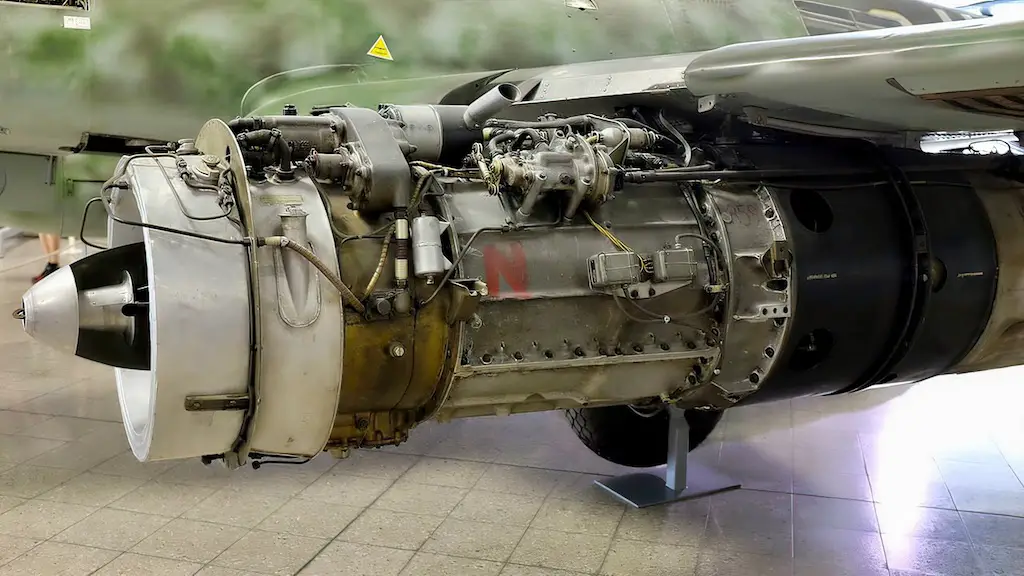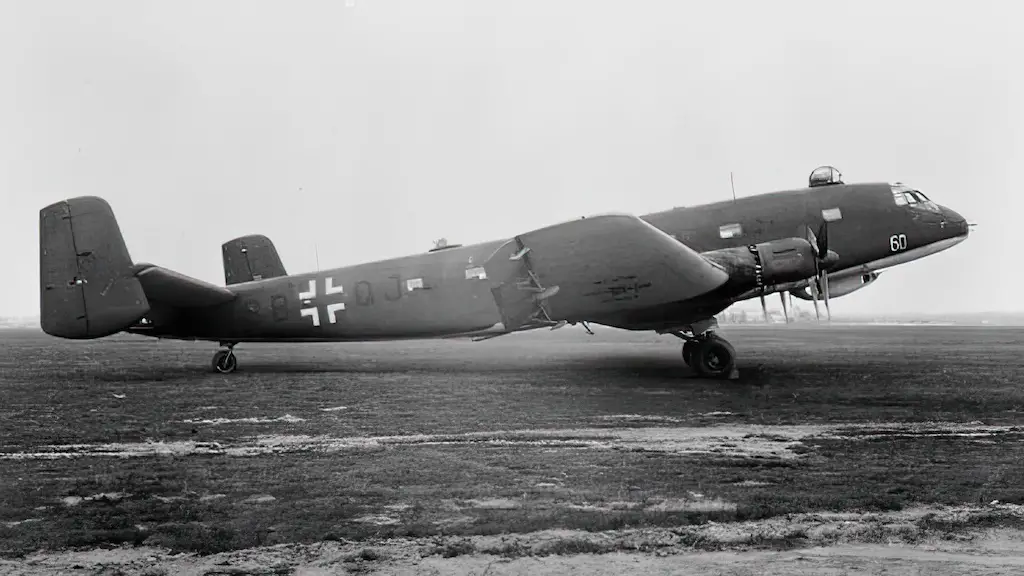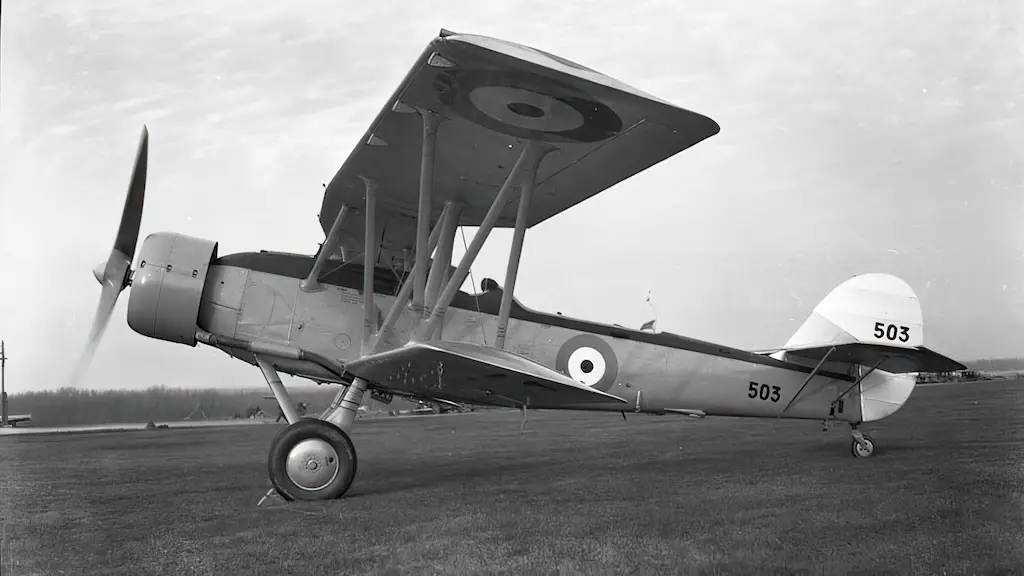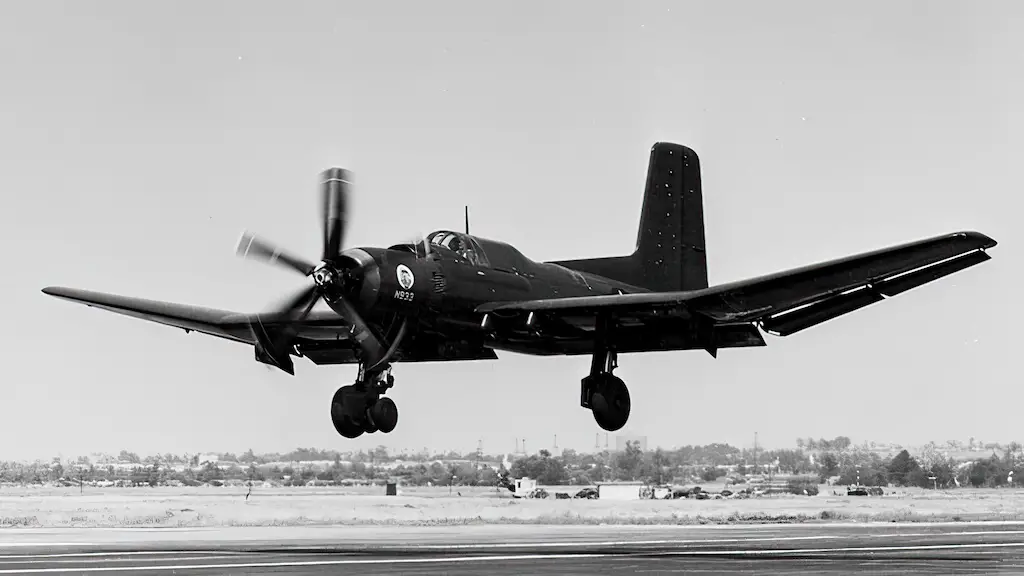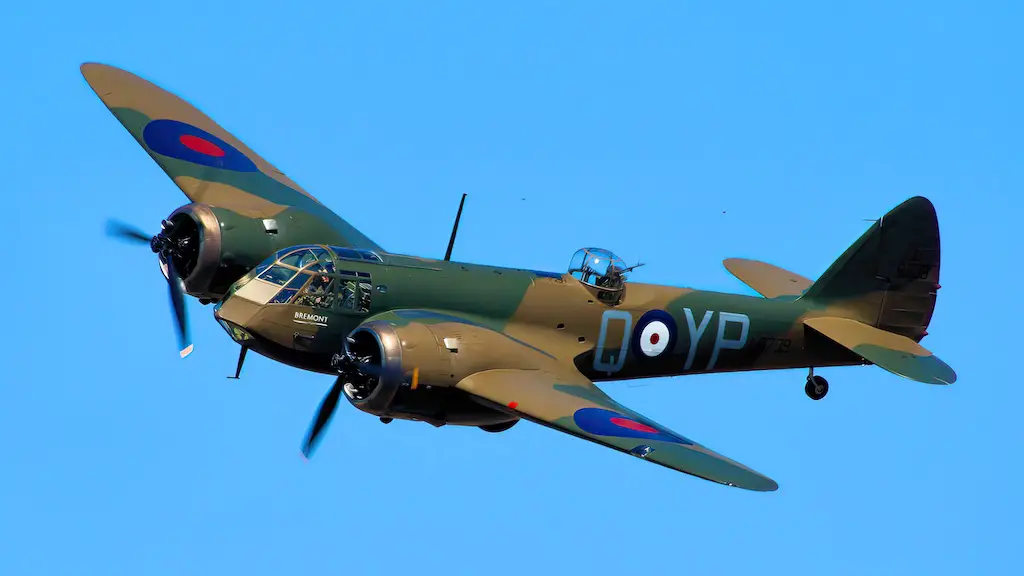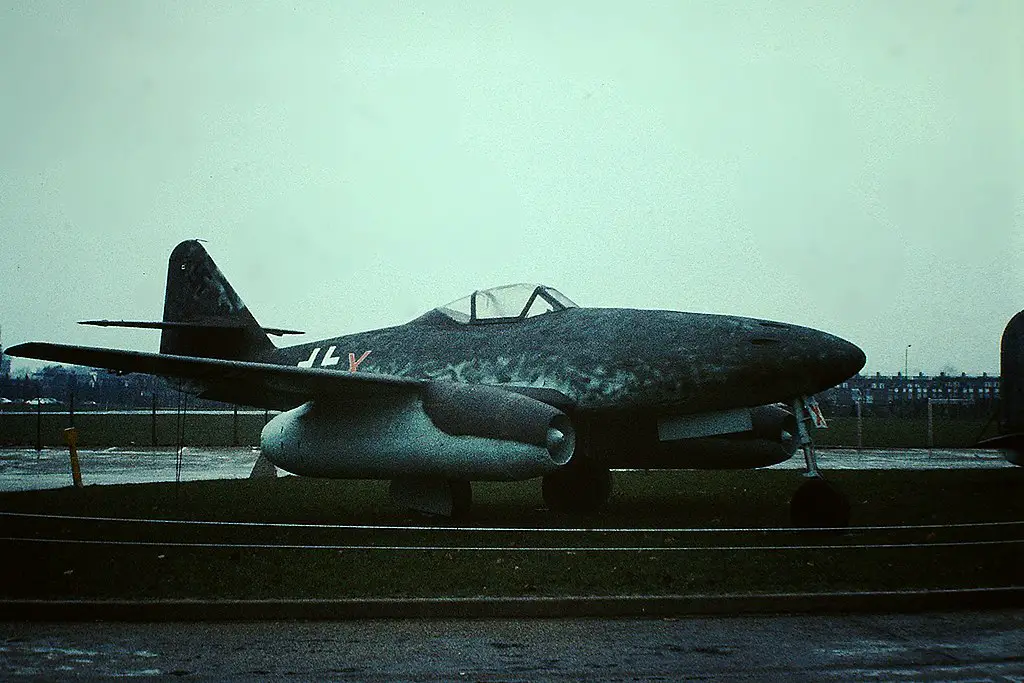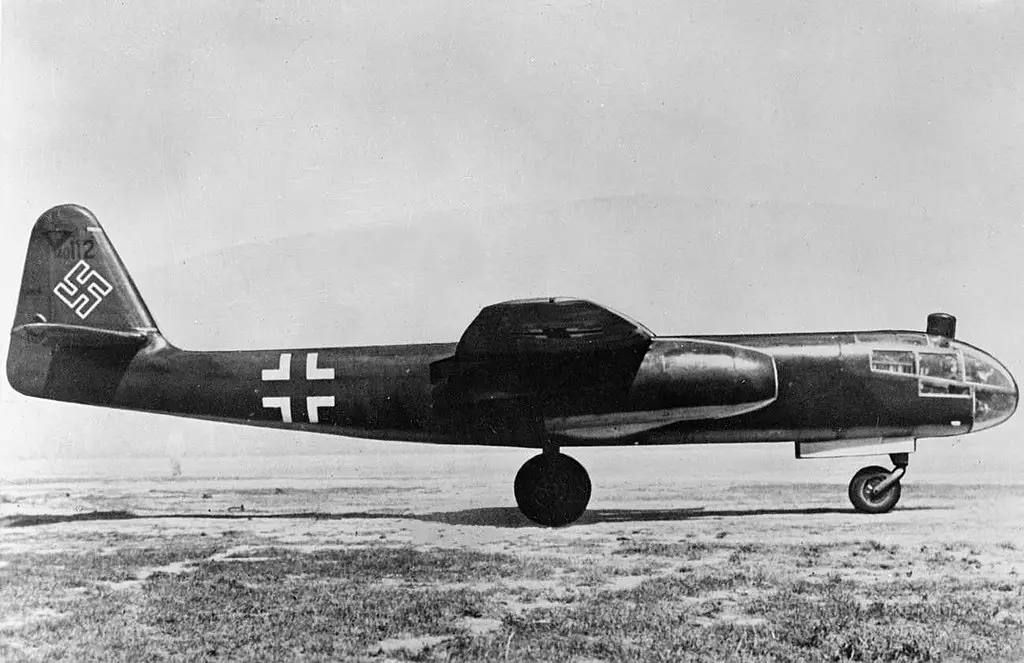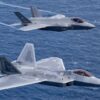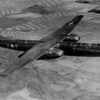Birth of a Revolution
In the history of aviation, few technological advances have been as transformative as the Junkers Jumo 004. When the familiar sounds of piston engines filled the air, the Jumo 004 heralded a new era, ushering in the jet age. Developed amidst the chaos of WWII, it was the very first jet engine to see full-scale production.
This groundbreaking engine powered iconic aircraft, notably the Arado Ar 234 and the Messerschmitt Me 262. Both planes, with their jet-powered capabilities, signalled a significant shift in military aviation.
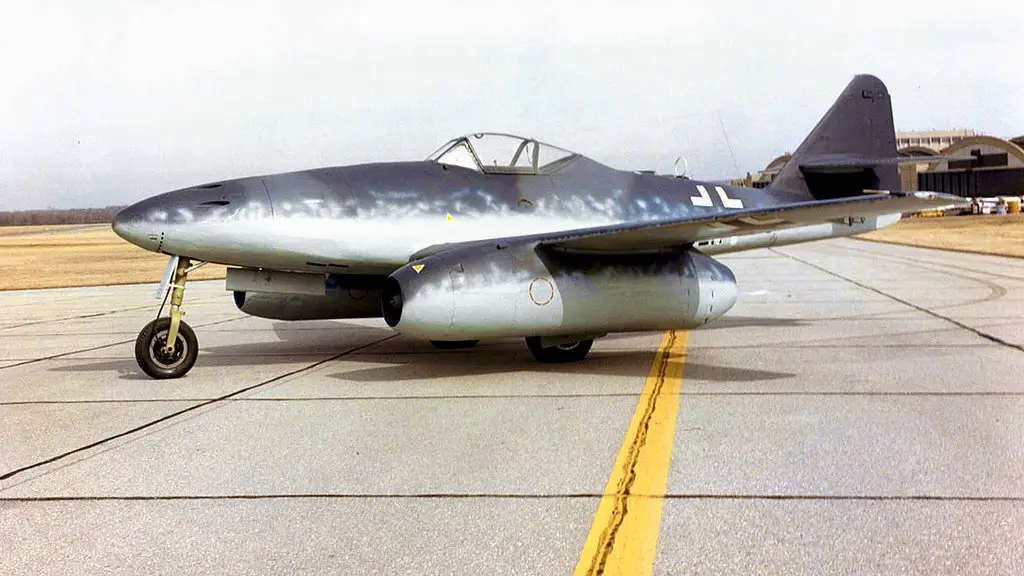
The Development Saga
The story of the Jumo 004 is as fascinating as its performance. Created at a time when Germany was in dire need of technological breakthroughs, the engine’s birth was a pivotal moment. Under Anselm Franz’s guidance, a dedicated team at Junkers tackled the mysteries of jet propulsion head-on.
Throughout its development, challenges varied from finding heat-resistant materials to solving complex aerodynamic conundrums. But with unwavering dedication, creativity, and the urgency of wartime needs, the Jumo 004 moved from initial designs to dominating the skies swiftly.
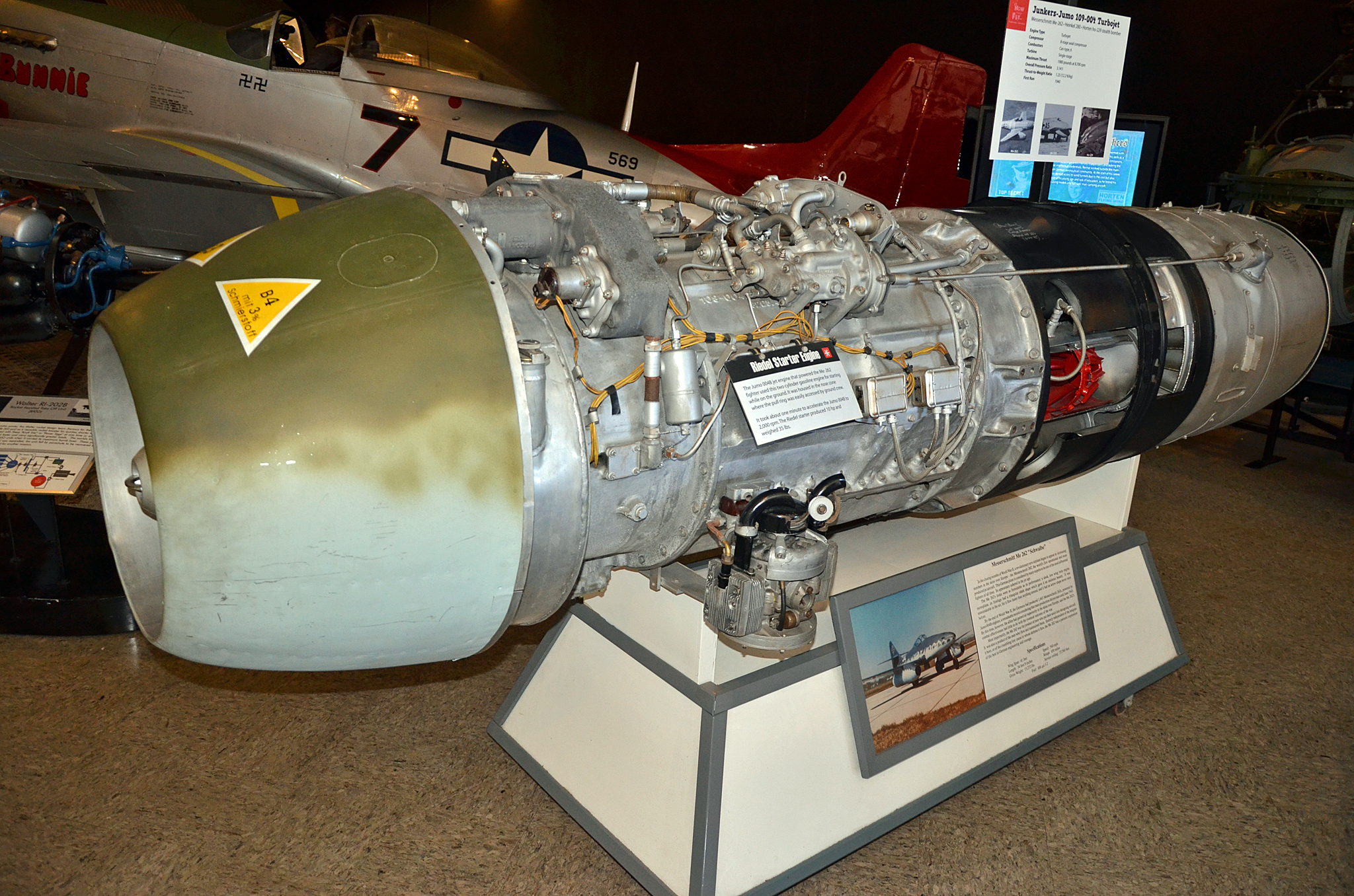
Eclipsing the Pistons
To grasp the monumental shift the Jumo 004 brought, one must compare it to the piston engines of its era. In terms of thrust, efficiency, and power, the Jumo 004 was unmatched. Traditional piston engines grew in power with their size, making them heavier and less streamlined.
However, the Jumo 004 shattered these norms. Its compact design produced remarkable thrust. Aircraft boasting this engine reached speeds and altitudes previously considered impossible. Suddenly, piston-driven planes looked outdated.
Teething Troubles
But, like all initial innovations, the Jumo 004 had its problems. For all its capabilities, its early jet technology nature came with limitations. Its operational lifespan was much shorter than today’s jet engines, a result of high temperatures and the era’s metallurgical restrictions.
Moreover, the engine’s responsiveness couldn’t match that of piston engines. Pilots faced a learning curve, adapting to a different flying experience and managing the slight delay between throttle adjustments and engine reactions.
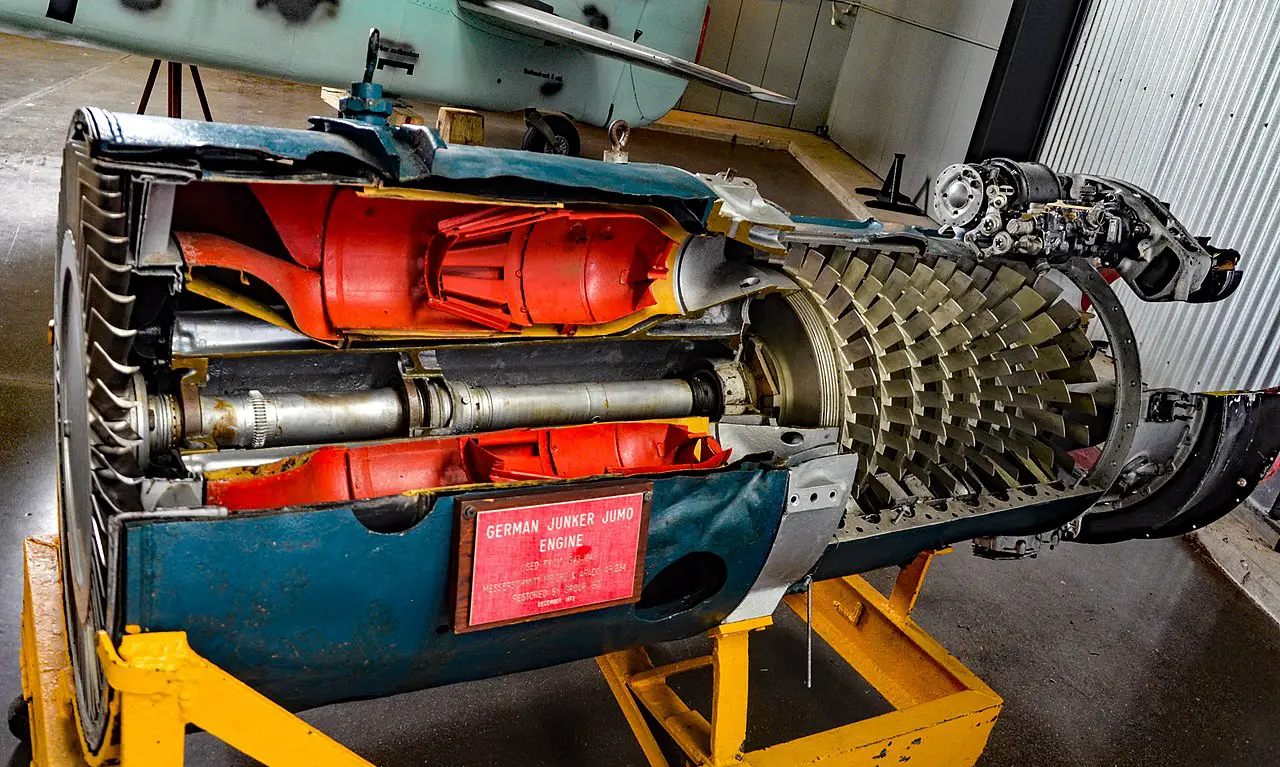
Spurring an International Race
The emergence of the Jumo 004 swiftly caught the attention of global powers, igniting an international race to harness jet propulsion. Allies and adversaries alike recognized the potential of this new technology, leading to rapid developments in the United States, Britain, and the Soviet Union.
The success of the Jumo 004 reshaped global military strategies. Countries invested heavily in research, development, and espionage, attempting to gain an edge in this newfound realm of high-speed warfare. The era of jet-propelled dogfights had commenced.
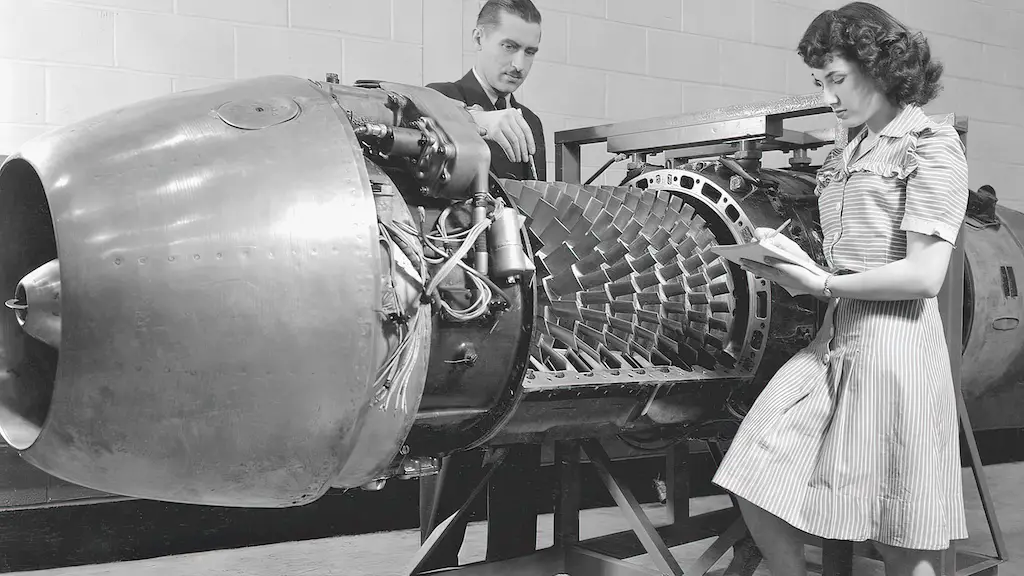
The Jumo’s Footprints Today
Beyond its immediate impact on WWII and the subsequent Cold War, the Jumo 004 influenced many aspects of modern jet engine design. Elements of its turbojet design, cooling methodologies, and thrust principles can be traced in contemporary aircraft engines.
Aerospace engineers today owe a debt to the pioneering work of the Junkers team. While the engines of the present are leaps and bounds more advanced, they stand on the shoulders of the Jumo 004, a testament to its groundbreaking nature.

